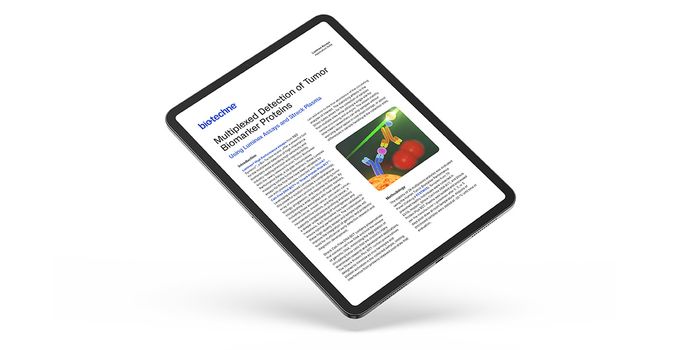While federal emergency aid for the lead contamination problem in Flint, Michigan is set to end on August 14, the problem continues to plague residents. Now, scientists in Massachusetts have highlighted other chemicals that are
polluting drinking water for at least 6 million people in the U.S.
Particularly, scientists at the Harvard T.H. Chan School of Public Health found that 194 water supplies across the U.S. have exceedingly high levels of an industrial class of chemicals known as PFASs (polyfluoroalkyl and perfluoroalkyl substances). Like lead, PFASs can be extremely harmful to human health, with the potential to cause cancer and other chronic conditions.

"For many years, chemicals with unknown toxicities, such as PFASs, were allowed to be used and released to the environment, and we now have to face the severe consequences," said Xindi Hu, first author of the study.
PFASs are man-made chemicals commonly used to make products nonstick, waterproof, and resistant to stains. They’ve been used in the past 6 decades in commercial products like pots and pans, and food wrappers. Meanwhile, PFASs have been linked to cancer, and hormone dysregulation.
As more research shed light on the toxic nature of these chemicals, manufacturers have begun phasing out use of PFASs. But there’s no quick fix. By nature, PFASs resists breakdown in the environment and in the body, meaning exposure can be persistent and epidemic.
In their study, the team sampled 4,864 water supplies in 33 states across the U.S. Of these, 194 (or nearly 4 percent) had minimum detectable levels of PFASs. While the Environmental Protection Agency (EPA) cites 70 parts per trillion as the safety limit for 2 types of PFASs, 66 water supplies showed levels that was at or above this limit. The highest level was documented at 1,800 parts per trillion, which is over 25 times the safety limit.
States with the highest levels of PFASs included California, New Jersey, North Carolina, Alabama, Florida, Pennsylvania, Ohio, New York, Georgia, Minnesota, Arizona, Massachusetts, and Illinois. In addition, places where PFASs levels were highest were (not surprisingly): watersheds near industrial sites, military bases, and wastewater treatment plants.
"These compounds are potent immunotoxicants in children and recent work suggests drinking water safety levels should be much lower than the provisional guidelines established by EPA," said Elsie Sunderland, senior author of the study and associate professor in both the Harvard Chan School and SEAS.
Adding more cause for concern, the researchers say their estimate of 6 million Americans affected may be less than actual. "The actual number of people exposed may be even higher than our study found, because government data for levels of these compounds in drinking water is lacking for almost a third of the U.S. population - about 100 million people," said Hu.
The EPA has yet to respond to these results. To find out whether your water supply is at risk, the EPA suggests contacting your local health department and getting it tested. Of note, boiling or filtering faucet water doesn’t necessarily remove the possible PFAS contaminants.
Additional sources:
Harvard T.H. Chan School of Public Health press release,
MNT









